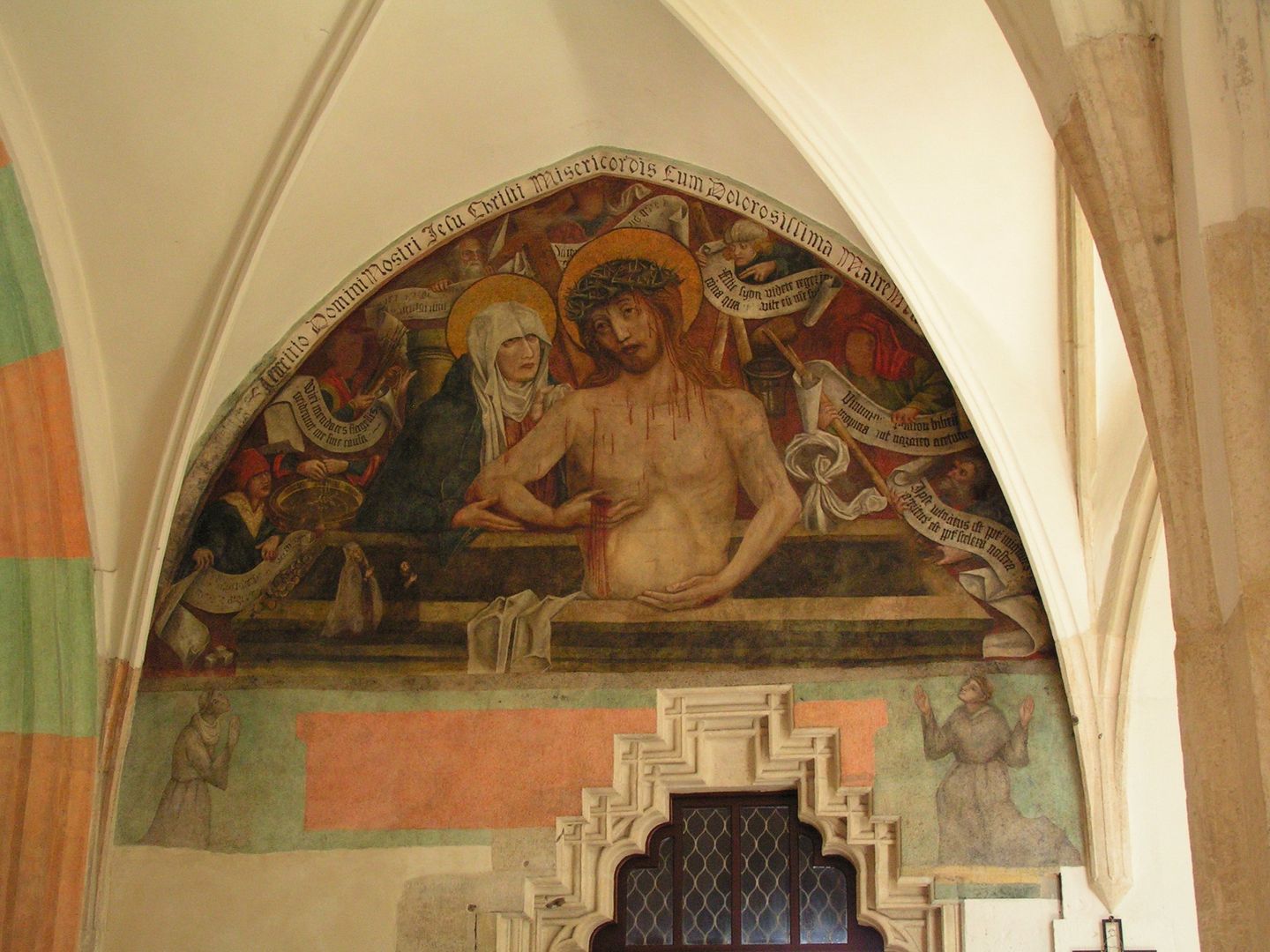St. Catherine of Alexandria and St. Margaret's Church in Krakow
6.4

Overview
The Church of St. Catherine of Alexandria and St. Margaret, located in Krakow's Kazimierz district, is an impressive example of medieval architecture in Poland. The structure is a three-nave basilica without a tower or transept, featuring a five-bay presbytery that ends in a five-sided apse. The main vault in the nave was constructed in the 19th century as a wooden imitation of the original, which was destroyed in an earthquake in 1443. The presbytery boasts a late Gothic star vault and a 17th-century crucifix. It is worth noting that the most valuable artwork in the church is the late Renaissance tomb of Wawrzyniec Spytek Jordan, crafted by the workshop of Santi Gucci, as well as the painting "Mystical Marriage of St. Catherine" by Andrzej Wenesta from 1674. The church's furnishings are modest, which highlights the beauty of its architecture. It also houses two sets of 19th-century organs. Adjacent to the church is the Gothic Chapel of St. Monica, also known as the Hungarian Chapel, and the Augustinian monastery, where numerous Renaissance and Gothic frescoes have been preserved. The history of the church dates back to the 14th century when Casimir the Great brought the Augustinians to Kazimierz. Construction of the monastery complex began in 1342, and over the centuries, it suffered significant damage from fires, floods, and wars. However, thanks to the conservation efforts of the local community and supportive bishops, its heritage has been preserved. Interestingly, during the partitions of Poland, the church was converted into a warehouse, and during World War II, many monks were deported to concentration camps. Today, the church stands as one of the finest examples of Gothic architecture, distinguished by its slender silhouette and rich architectural details, making it an important landmark on Krakow's cultural map.
Location
Tickets
Powered by GetYourGuide
2025 Wizytor | All Rights Reserved